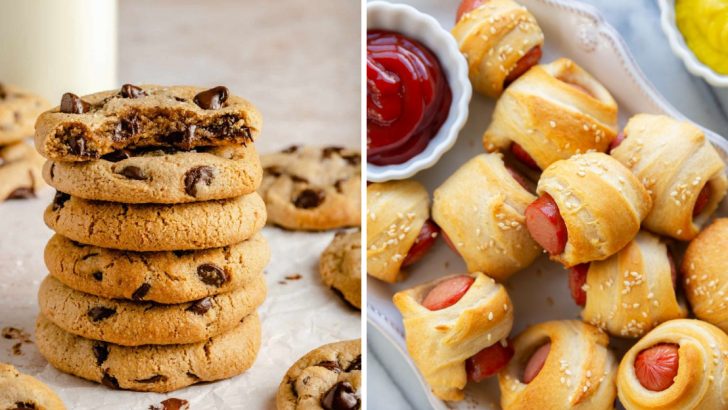Our bodies and minds have a fascinating relationship with salty and sweet foods. From prehistoric survival instincts to modern emotional connections, these cravings influence our daily food choices in powerful ways.
Understanding why we reach for that chocolate bar or bag of chips can help us make more mindful decisions about what we eat.
1. Evolutionary Wiring
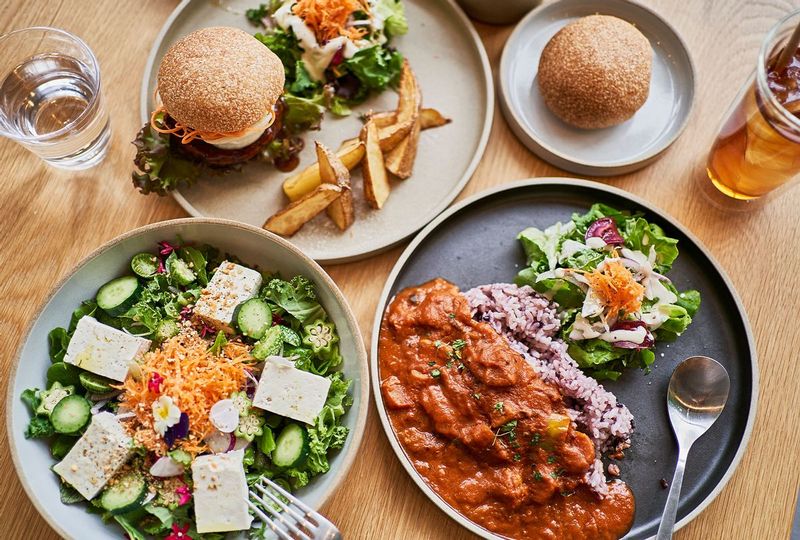
Our ancestors survived by seeking out calorie-dense foods. Sweet tastes signaled energy-rich carbohydrates, while salt was a rare but essential mineral. The humans who craved and consumed these nutrients had a survival advantage.
This biological programming explains why babies naturally prefer sweet flavors and why salt enhances the appeal of many foods. Our taste preferences aren’t just personal choices—they’re written into our genetic code.
2. Hormonal Fluctuations

Monthly cycles trigger remarkable changes in women’s bodies, including pronounced cravings for chocolate, potato chips, and other indulgences. Research suggests these aren’t merely psychological whims but biological responses to shifting estrogen and progesterone levels.
Pregnancy introduces even more dramatic hormonal changes. Many expectant mothers report sudden desires for pickles, ice cream, or unusual combinations that wouldn’t normally appeal to them.
3. Stress Response

When anxiety strikes, cortisol floods your system. This stress hormone triggers cravings for calorie-dense foods, particularly those rich in salt, sugar, and fat. Your body believes it’s preparing for a physical threat that requires energy reserves.
Comfort foods temporarily dampen this stress response. Eating sweet or salty treats activates reward pathways in the brain, releasing dopamine and creating a brief respite from worry. The relief becomes associated with the food itself.
4. Mineral Deficiencies
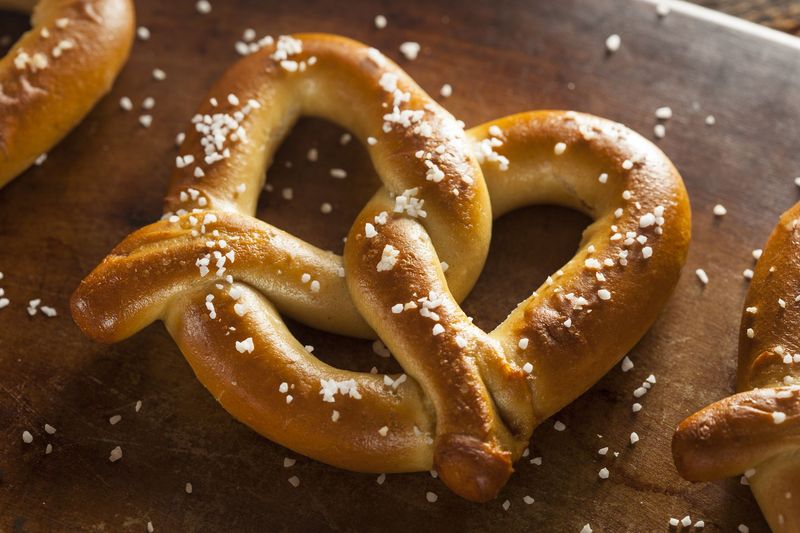
Your body possesses remarkable intelligence when it comes to nutritional needs. Salt cravings sometimes indicate sodium depletion, particularly after intense exercise or illness involving fluid loss. Athletes who sweat profusely may develop stronger desires for salty foods as their bodies attempt to restore electrolyte balance.
Similarly, certain sweet cravings might signal mineral imbalances. Some research suggests that chocolate cravings could relate to magnesium deficiency, as cocoa contains significant amounts of this essential mineral.
5. Sleep Deprivation

Tossing and turning all night doesn’t just leave you tired—it fundamentally alters your hunger hormones. Research reveals that insufficient sleep increases ghrelin (the hunger hormone) while decreasing leptin (the satiety hormone), creating the perfect storm for cravings.
Sleep-deprived individuals consistently report stronger desires for calorie-dense, carbohydrate-rich foods. Your exhausted brain seeks quick energy through sugar, while salt cravings intensify as your body’s regulatory systems become imbalanced.
6. Emotional Associations

Grandmother’s homemade cookies offered more than sugar—they delivered love, comfort, and security. Our brains form powerful connections between foods and emotional experiences, especially during childhood. These associations persist throughout adulthood, influencing our eating patterns in profound ways.
Celebrations typically feature sweet treats, while savory, salty foods often accompany relaxing social gatherings. Over time, we unconsciously seek these familiar flavors when trying to recreate positive emotional states or soothe negative ones.
7. Gut Microbiome Influence

Trillions of microscopic organisms inhabiting your digestive tract wield surprising power over your food preferences. Emerging research suggests these gut bacteria can actually manipulate your cravings to suit their own nutritional needs.
Certain bacterial species thrive on sugar, while others prefer different nutrients. When populations become imbalanced, the dominant microbes may send signals to your brain requesting their preferred fuel sources.
8. Habit Formation
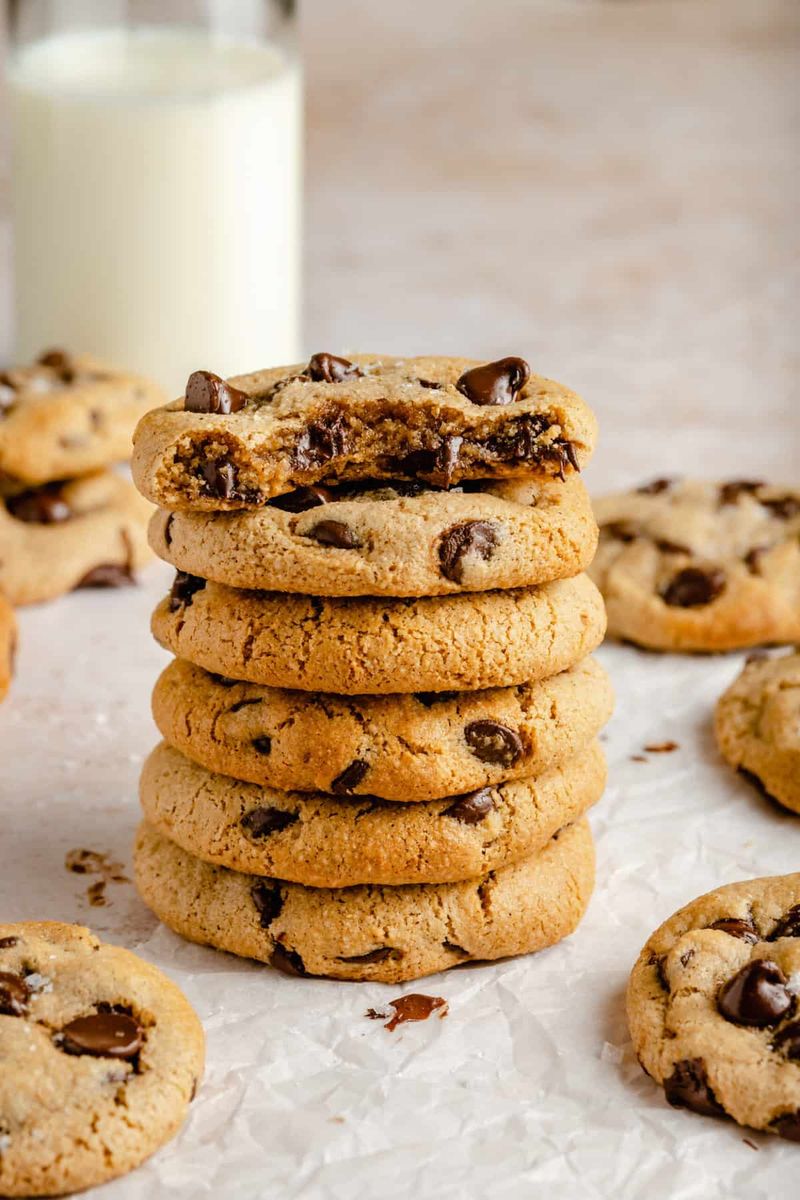
Regular consumption of highly processed foods gradually rewires neural pathways. Your brain establishes strong connections between specific times, places, or activities and the foods you typically consume during these moments. Morning coffee paired with something sweet or evening television with salty snacks becomes an automatic pattern.
Food manufacturers deliberately engineer products to hit the “bliss point”—that perfect balance of salt, sugar, and fat that maximizes pleasure without overwhelming the palate. These carefully crafted combinations encourage repeat consumption and strengthen habit loops.
9. Dehydration Confusion
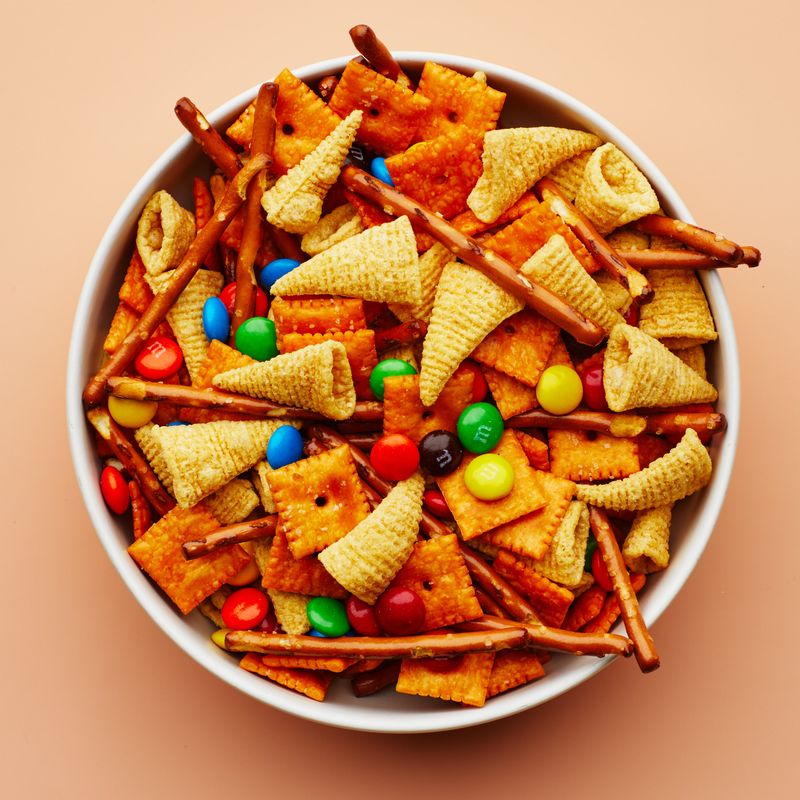
Thirst signals sometimes masquerade as hunger, particularly cravings for salty foods. Your body’s hydration monitoring system can trigger confusing messages when fluid levels drop, leading you to reach for food instead of water.
Salt naturally helps your body retain water, which explains why mild dehydration might manifest as a desire for pretzels, chips, or other sodium-rich options. The body cleverly attempts to conserve its remaining fluid by increasing salt intake.
10. Sensory Specific Satiety

Buffet restaurants exploit a fascinating quirk of human psychology—our taste buds literally grow bored. After several bites of one food, the pleasure it provides diminishes, regardless of actual fullness. However, introducing a new flavor reawakens appetite, which explains the dessert stomach phenomenon.
This biological mechanism, called sensory specific satiety, served our ancestors well by encouraging dietary variety. Consuming different tastes, textures, and nutrients ensured broader nutritional intake in natural environments.
11. Blood Sugar Fluctuations

Rapid rises and falls in glucose levels trigger powerful hunger signals. Consuming refined carbohydrates and sugars causes blood sugar to spike quickly, followed by an insulin surge that can drive levels too low. This rollercoaster creates intense cravings, particularly for more quick-energy foods.
The body interprets low blood glucose as an emergency situation. Your brain, which depends heavily on glucose for fuel, activates powerful hunger mechanisms to restore energy levels. These signals often manifest as specific cravings for carbohydrate-rich foods.
12. Marketing And Environmental Cues

Food advertisements bombard us with carefully crafted sensory triggers. Commercials feature close-up shots of melting chocolate or perfectly salted chips accompanied by exaggerated crunching sounds. These stimuli activate gustatory and auditory centers in our brains, generating cravings even when we’re physically satisfied.
Strategic product placement in stores positions tempting items at eye level and near checkout lanes. The food industry invests billions researching psychological triggers that bypass rational decision-making.
13. Pleasure-Seeking Behavior

Consuming delicious foods triggers dopamine release in the brain’s reward center, creating a natural high similar to other pleasurable experiences. This neurochemical response evolved to ensure we sought out high-value nutrition, but modern ultra-processed foods hijack this system with unprecedented intensity.
Studies using brain imaging technology reveal that for some individuals, viewing images of palatable foods activates neural pathways similar to those seen in substance dependencies. The anticipation of consuming sweet or salty treats can be almost as rewarding as the consumption itself.

